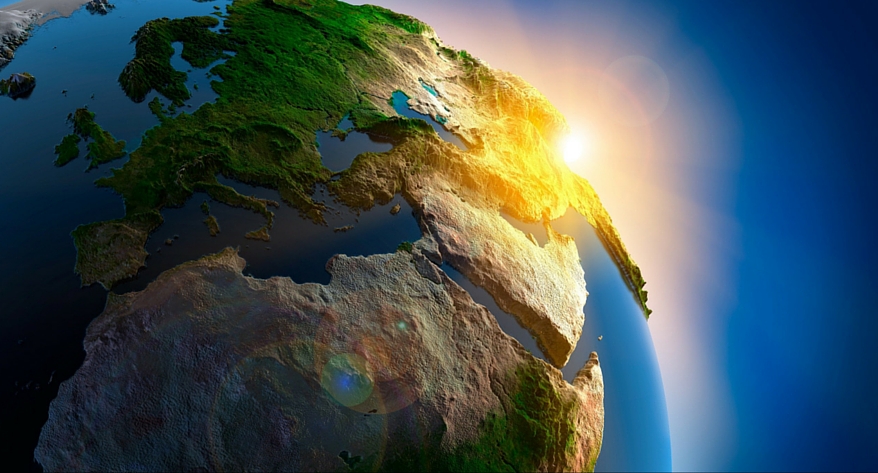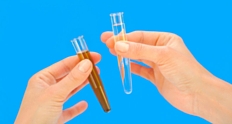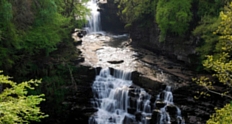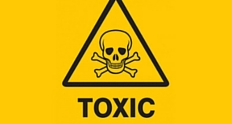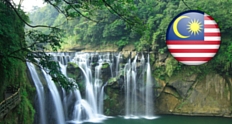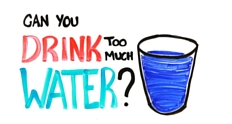Few understand the Earth's water cycle and its effect on our future. One strange fact that you'll learn after reading this is that while we're heading toward one of the biggest (if not THE biggest) water shortage on the planet since the first recorded mammal appeared some 220 million years ago; only minute amounts of water actually leave the planet through our atmosphere.
Only trace amounts of hydrogen (the “H” in H20) are able to escape our exosphere via a complicated process known as the planetary wind. The rest of the water stays here on earth – in our rivers, streams, lakes, oceans, groundwater, snow, glaciers, and within us and our plant and animal species.
So how then is it that we're heading for a potentially apocalyptic water shortage?
An impending shortage that's already showing itself in present times, with nearly 4.5 of the planet's 7-billion human inhabitants currently living within 31 miles of a distressed water source?
It's due to a disturbance in the Earth's natural water cycle. A cycle that's been going on for eons. Since even before the first unicellular organisms came to life 3.5 billion years ago.
While there are some detractors to the theory that human beings and industrialization have sped up the global warming process – most scientists agree that we are in fact the problem.
We're taxing the environment and Earth's atmosphere to such a degree that the temperature everywhere is rising. Intensifying the speed of the water cycle and robbing all living creatures of the thing we need most – fresh water.
Table of contents
- Freshwater “Shifting” at Frightening Rate
- How the Planet's Water Cycle Works
Freshwater “Shifting” at Frightening Rate
By now you're probably thinking something like “We may have to make more air conditioners to stave off the hotter temperatures to come, but the water's still not going anywhere, right?”
The real problem isn't water loss, but rather “water shifting”. And more specifically, freshwater shifting to non-freshwater sources. Namely, the oceans.
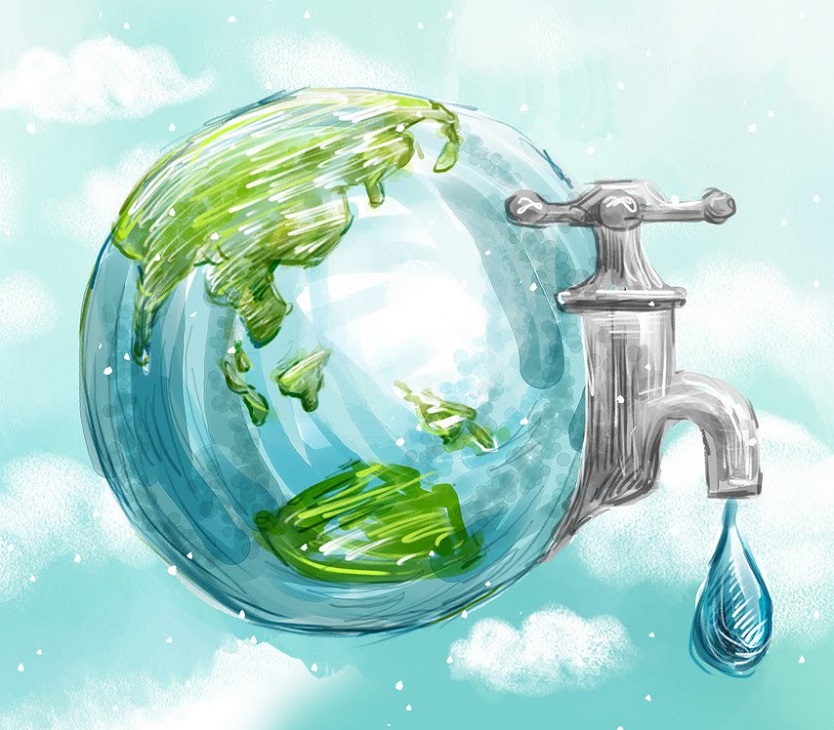
Essentially, all water – fresh or otherwise – begins and later returns to the oceans. We cannot drink salt water and science still hasn't figured out a cost or time efficient way to extract fresh water from salt water for drinking. Certainly not at a scale to which billions of people and billions more animals and plant species could be sustained as fresh water supplies continue to dwindle every year.
Add to this shift the fact that we're further polluting the fresh water that remains and it's not hard to see that change is necessary.
In some countries, the water's so polluted it's not fit for human contact, let alone drinking.
How the Planet's Water Cycle Works
There are many processes involved in the water cycle which you can learn more about here. Basically, anywhere that water is held (ie., soil, underground, river, lake, stream, glacier, air, atmosphere, etc.), at some point that water will have to move to its next phase in the cycle. Most of this process happens through the processes of evaporation and precipitation (rain). Both of which require heat, but not too much heat!
A few quick examples of how long water resides in one phase (location) of the water cycle include:
- Major ice sheets (Antarctica and Greenland): 20,000 years
- Ground water: 100 – 20,000 years (depending on how deep below the surface it's held)
- Oceans: 3,000 years
- Glaciers: 100 years or fewer
- Lakes: 100 years or fewer
- Rivers: Less than 6 months
- Atmosphere: 9 days
- Soil: 2 months or fewer
As you can see, the major sources of freshwater such as lakes and rivers don't hold onto that water for very long. Whereas the ice sheets, glaciers and oceans all hold onto their water for much longer periods of time. Melting ice sheets and glaciers are what help to keep the planet cool and maintain current ocean depths by holding that water in a solid mass close to or directly on land.
Ice sheets and glaciers melt into our saltwater oceans, which reduces their salinity (ie., sodium levels) which causes a disruption in global ocean currents which, as described in the video below, are the driving force behind climate change here on Earth:
Deeper oceans mean less land mass for us to inhabit – less animal species, trees and plant life to sustain us. And certainly, even less fresh water to sustain our ever-growing population and the way of life we've all become accustomed to.
It's unclear whether the warming trend we've all had a hand in can be halted or even slowed at this point. Or whether reducing our impact this late in the process can help restore balance to the planet's water cycle.
Science tells us that every effort toward reducing our carbon footprint is a definite step in the right direction.
The big question is: Do you want to be part of the solution or part of the problem?

